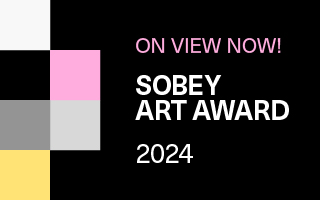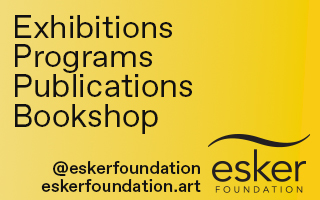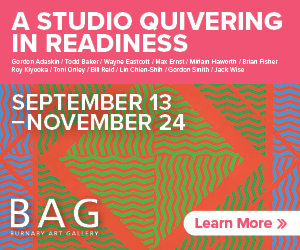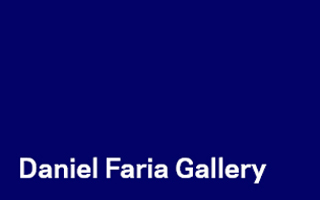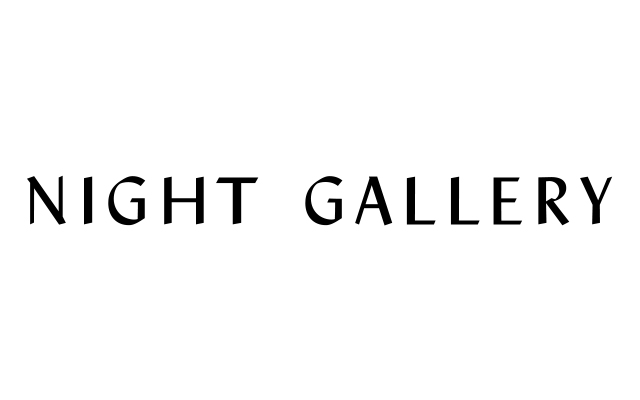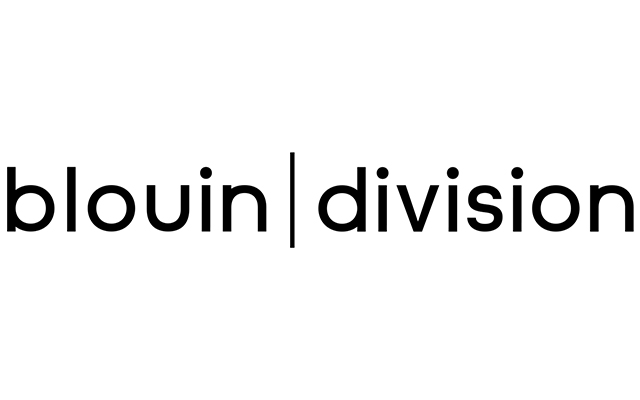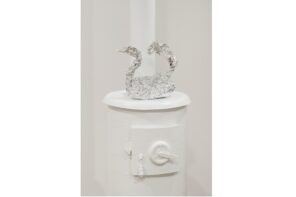Momus was founded a short time ago. It was initiated as a proposed recovery from a confused and defensive (and, so I thought, largely lacking) moment in art criticism, one that, now, nearly a year later, makes this initiation feel distant, and maybe naïve.
The field of art criticism is newly recharged and shifting, stretching out over the expanded room of digital media, and adopting new tonalities in response to its growing audience. The genre is evolving at such a rate that asserting an agenda or a mandate for a critical publication can quickly date its platform.
Art-writing sites are proliferating, criticality is regaining a foothold on its shallow podium, and the conversation regarding our field’s value – its platforms, empowerment, economy, and audience – is regularly uplifted in the pages and theaters that we claim for our record.
A recent conference at the Walker Art Center grouped several hundred critics and publishers to discuss the very chaise we’re newly mapping, its potential, challenges, evolving dimensions, and shifting weight. Over the course of those two days and three nights I realized Momus’s tagline was already becoming dated. We are not in need of a rescue, I realized, but a sense of where to go.
It’s interesting that in the weeks since that conference (which was capped with dancing and drink, a jubilee suggesting something had been accomplished), various critics went on to publish their accounts of what happened, surmising the forum’s effectiveness, oddities, ingenuity, and lack. But no one has produced a text beyond journalistic recounting, diaristic notes, or partial meditation. No criticism, really, has been espoused.
I understand that the conference was too close for many of us to derive a sense of consequence. It’s difficult to step to the margins of our wooded field. But occupying that red theater over a weekend in Minneapolis, each of us penned a notebook, or scrolled a propped-up screen. What were we writing? During breaks we answered emails, Tweeted impressions, met over coffee to exchange impatient strategies (“how do you pay your writers?”, “how often do you publish?”). It quickly became clear that ours is a lonely occupation, and that this conference was a rare forum, a fevered dream. We keened to see ourselves reflected, to compensate for our quiet days and improvised gambits. We were under-socialized and over-studied. We met with our contemporaries, relieved to find we are not alone. We came across as underfed, ambitious, and halting.
I recently spoke about this conference with Andrew Berardini (one of Momus’s contributing editors). His writing never lacks for intimacy, so it was fitting that he asked, “but what was the feeling of it? No one’s written about the feeling.”
The feeling was that criticism is done worrying about its relevance, but we’ve moved on to a new anxiety: How do we sustain ourselves? And should our forums be built to last?
For a conference asserting a practical niche in its title – “Art Criticism and Journalism in a Digital Age” – the featured talks maintained a rarified and abstracted air. Rarely did the panelists engage in “real talk” discussions regarding our medium’s tenuous and malnourished economy, and the potential for our sustainability. This was a dated forum, in a sense, treating the internet as a new frontier. Orit Gat, a freelance critic (and recent inductee to the Momus masthead, now serving as our NY contributing editor) who quickly became a star figure in her panel by insisting that her colleagues discuss the practicalities of this market-related field, issued a singular suggestion – unoriginal though it was – that we re-initiate the “pay wall” method. No one suggested another option, the presenters reluctant to discuss brass tacks.
The issue of criticism’s evolving structure was granted a slightly better scrutiny. Ben Davis delivered a galvanizing keynote that queried the potential for post-descriptive criticism. Citing John Berger as a progressive thinker who foresaw the import of the image over criticism’s footnote-like provisions (Davis linked this reference to digital media’s limitless capacity for demonstrating our subjects through pictures), he set up a faded comparison. Reading aloud John Ruskin’s famous description of J.M.W. Turner’s The Slave Ship, he issued the long paragraph with theatrical, evolving speed, and a surge of feeling. We laughed when he was done, relieved by our perceived distance from this emoting hubris. But I think a great many of us were also nostalgic, wishing we could return to something bearing such pulsing color. By the end of Davis’s lecture we hadn’t been shown a way forward so much as a problem – a blinking cursor on our waiting screens. Davis was demanding a new solution.
The feeling at this conference was one of halting ardency, a tangible desire to take off, were we not so grounded by practical fear. Since we’ve recently found ourselves released from a foreboded “crisis,” we might have neglected to plan for what should follow. How can criticism be sustained? How can we pay our writers, our editors? How do we remain uncompromised while beneficial to our sponsors? How do we capitalize on our work’s value in a market so full of potential, and yet occluding? This conference bore out conversations too limited by abstract query. We’re needing new solutions, now, and they’re ours to make.
In an effort to upset the unanswered-question motif, here are a few suggestions for how digital art-criticism publications can maintain themselves:
- Pay your writers well.
- Pay your editor well.
- Sell your advertisers on the idea that paying your writers and your editor well results in better content.
- Engage in analytics that regard the time your readers spend on your site, in addition to mere “clicks.” Our readers’ attention spans (as inferred by the time they spend with articles) is becoming a new metrics of value. Sell your advertisers on this.
- As many intimated during this conference (and as Frieze‘s Dan Fox outright said), let’s slow down the internet. Publish less so that you can publish better. So that we can pay our writers more.
- Sell your clients and patrons on the significance of what you’re attempting. Be sincere. Work hard. Be both aspirational and effective.
- Look for new alternatives. These provisions won’t hold.









